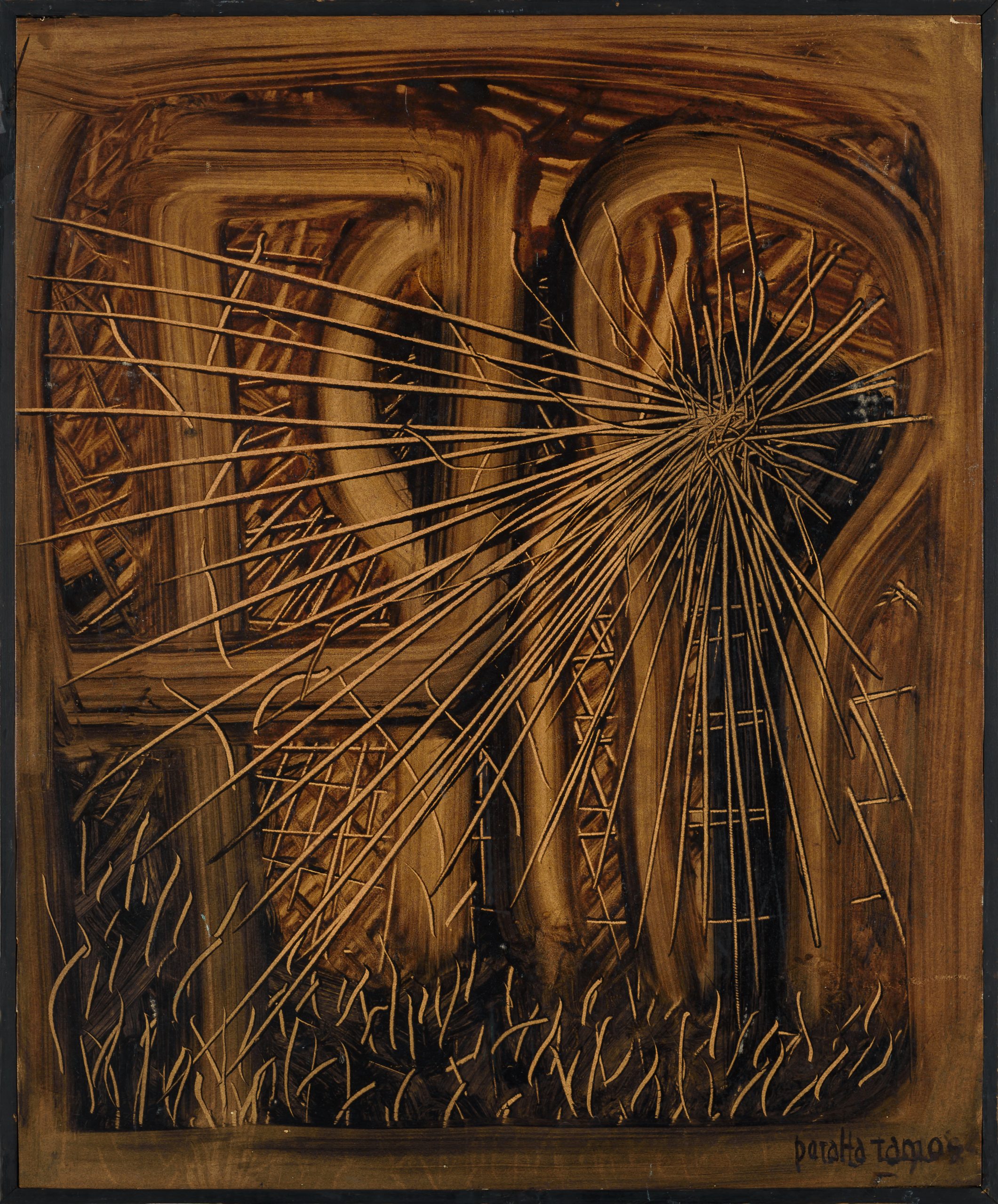Federico Manuel Peralta Ramos (Mar Del Plata 1939, Buenos Aires 1992) was one of the most relevant artists of the local scene, a master of the word and the verse, a social alarmer, totally conscious of his time and space. His work is localist because of the context and many of the themes, words or characters that he used to mention, but it is universal regarding the messages he left. Those phrases that ring in our heads have transformed him in a cult artist, someone psycho-different, as he liked to call himself. The artworks reveal an acute perception of Federico Manuel Peralta Ramos, who has built his own path leaving the art world upside down. He promulgated the Dadaist and Duchampian forms with the idea that “Life is art” and humour and irony are the best tools.
Federico Manuel Peralta Ramos was born in Mar del Plata in a traditional family. He felt an urban being and was in love with the city of Buenos Aires, specially its cafes, where he spent long hours discussing, creating and thinking. He studied architecture at UBA University but he never finished the career and he was self-taught in his artistic formation. Peralta Ramos generated a universal revolution from a local field. He was a painter, drawer, singer, actor, self-
taught philosopher and he always affirmed: “I painted without knowing how to paint, I wrote without knowing how to write, I sang without knowing how to sing, the repeated silliness became my own style”. During these years he was part of the euphoria of the “Manzana Loca/ Crazy Square”. In 1965 he was invited to participate in the Di Tella Prize where he presented a sculpture of a giant plaster and wood egg entitled Nosotros Fuera. In 1968 he won the Guggenheim Scholarship in which he used part of the funds to organize a meal. When the institution demanded to refund the money, Federico replied: “They gave me the scholarship to make an artwork and my artwork was the dinner.” Between 1969 and 1992 he participated in various Tato Bores tv shows, and performed in two films. In 1970 he released an album under the CBS / Columbia label. Since the 70s, Peralta Ramos abandoned painting. Some of
his best writings are from these years, where poetry, play on words, irony and speed of mind prevail. Slowly, the figure of Federico the character, as an artwork himself, was reinforced, just like when he presented at CAYC (Center for Art and Communication) in 1972 “The object is the subject” where he appeared himself as the artistic object. He was also the creator of the “gánica” religion (a play of words that in Spanish refers “to do what one wants”).
Federico Manuel could be the most exquisite and intellectual, the most unbridled or the most popular (in relation to his appearances in Tato Bores’ programs), as well as extremely sensitive and subtle. He was a channeler of collective thoughts and had the ability to pull the veil off viewers, understanding how to destabilize them. This quality changed the life of a man who, despite his origins, surname and family mandate, was born to be an artist. He died in Buenos Aires in 1992. A tribute exhibition was held at the Museo Sivori in 1993 and a retrospective at MAMBA in 2003.


 Peralta Ramos Federico Manuel
Peralta Ramos Federico Manuel